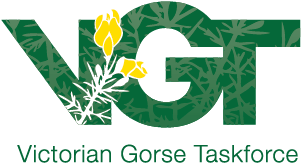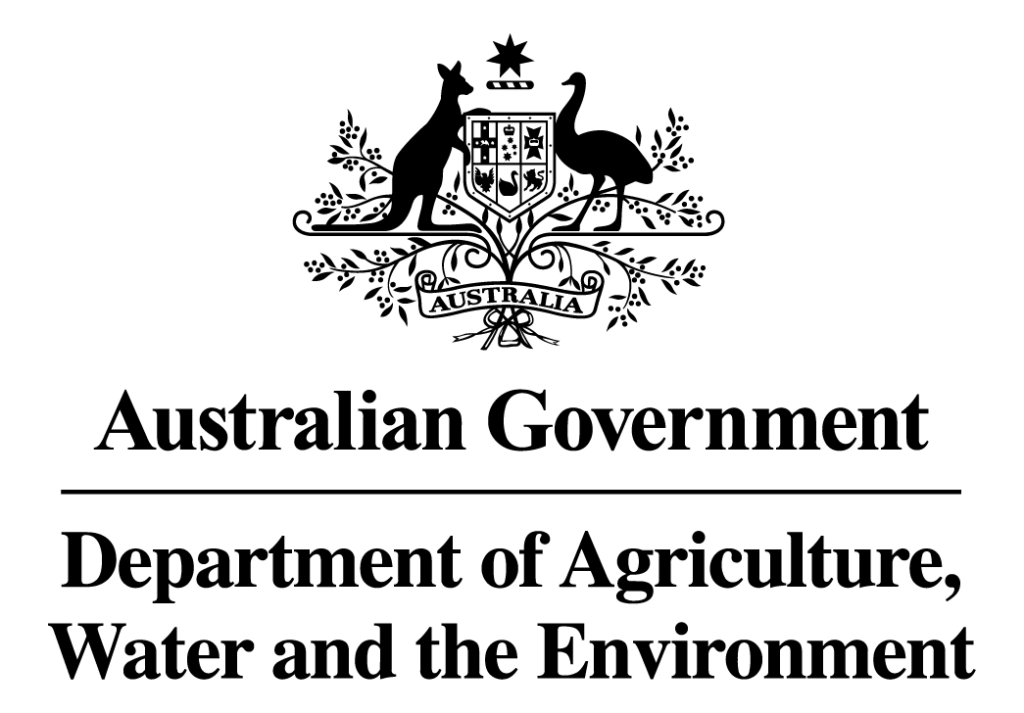Gorse Management
Grooming / Mulching
When
Pros & Cons
Follow up
Other Control Methods
Herbicidal Control
Mechanical Control
Cultural Heritage Awareness
Landholders must be careful to avoid further damage to the environment (including waterways) and Aboriginal cultural heritage sites when using machinery. Be aware of your legal obligations and obtain the necessary permits. Aboriginal Cultural Heritage may be found during works at any time, at any place.
If suspected heritage is discovered, work is to cease and a Preliminary Report Form must be completed and sent to vahr@dpc.vic.gov.au. If you are unsure, seek advice from Agriculture Victoria, Department of Environment, Land, Water and Planning, First Peoples – State Relations (formerly Aboriginal Victoria) or your local council.
Disclaimer
The information provided by this website is intended for general information only and should not be relied on or used as a substitute for professional advice for your particular situation.
Before undertaking any weed or rabbit management, always obtain advice from a qualified expert, with respect to your own situation. Always read and follow the label before using any of the products mentioned and ensure that you are undertaking weed and rabbit management in the appropriate conditions and in the appropriate manner.
We do not guarantee this website is without flaw of any kind, or is wholly appropriate for your particular purposes, and therefore disclaim all liability for any error, loss or other consequence which may arise from you relying on any information contained on the website for any purpose.






